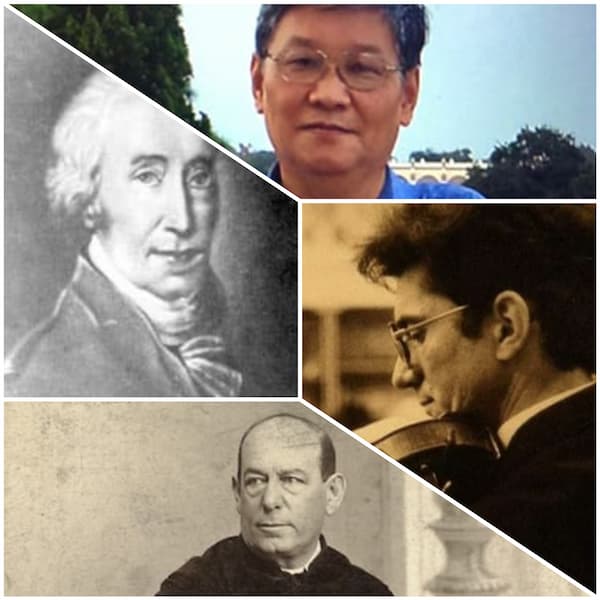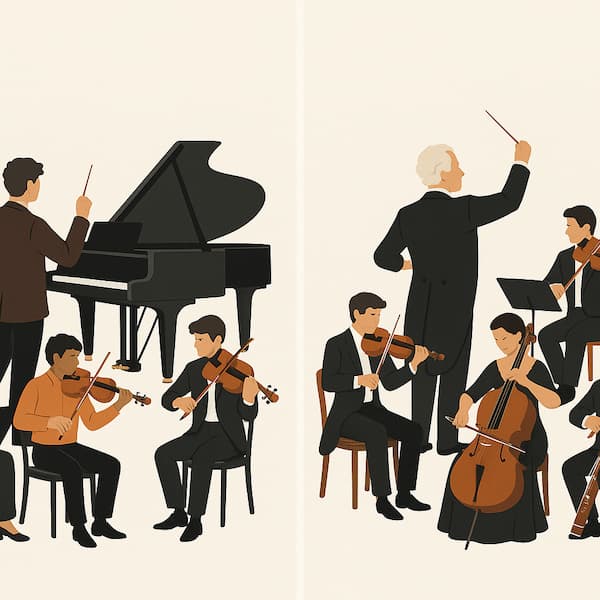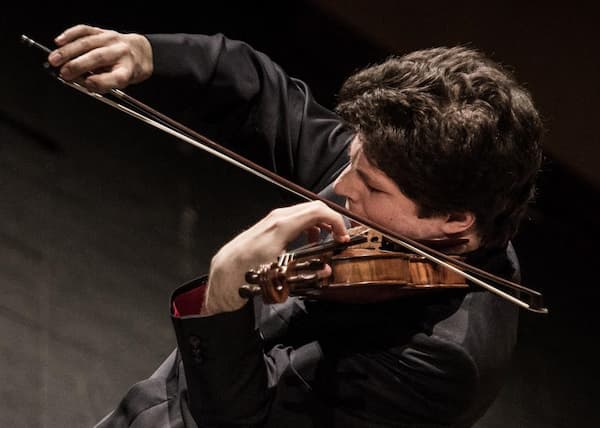You’ve probably never heard of the charcoal merchant Thomas Britton (1644-1714). He came from a small village in Northamptonshire and moved to London to become a highly successful merchant. In his spare time, he started to take singing lessons and built up a substantial personal library. He also studied chemistry and became fascinated by all matters of esoteric ideas. However, his real love turned out to be music.

Thomas Britton
In 1678, he constructed a tiny concert hall above his coal warehouse and fitted it with a harpsichord and an organ that had only five stops. The venue was accessible only by an external staircase, but the novelty of a concert series at such an unglamorous venue attracted a considerable audience. His concerts were soon regarded as the premier venue for chamber music in London and drew audiences from a wide social state. Initially, the concerts were free, but Britton eventually sold tickets through an annual subscription.
G.F. Handel: Rinaldo, “Lascia ch’io pianga”
A contemporary concertgoer reported, “In our way home called at Mr. Britton’s, the noted small-coal man, where we heard a noble concert of music, vocal and instrumental, the best in town, which for many years past he has had weekly for his own entertainment, and of the gentry, and, gratis, to which most foreigners of distinction, for the fancy of it, occasionally resort.”

George Frideric Handel
Some of the most highly respected musicians appeared at Britton’s “Coal Loft,” including John Banister, Roger L’Estrange, Philip Hart, J.C. Pepusch and even George Frideric Handel. We also know that Britton played the viola da gamba and the recorder, and he even composed short pieces. Despite the artistic and social successes and the considerable income generated by his concert series, Britton continued to work as a charcoal merchant for the rest of his life.
For more of the best in classical music, sign up for our E-Newsletter



